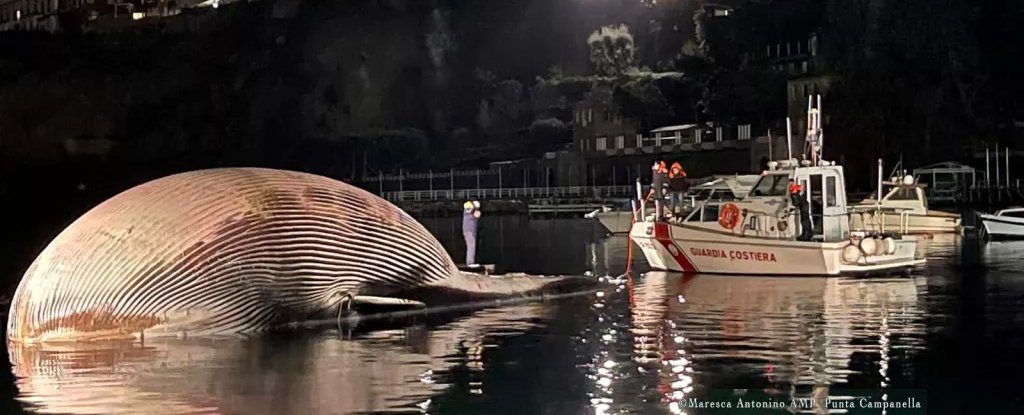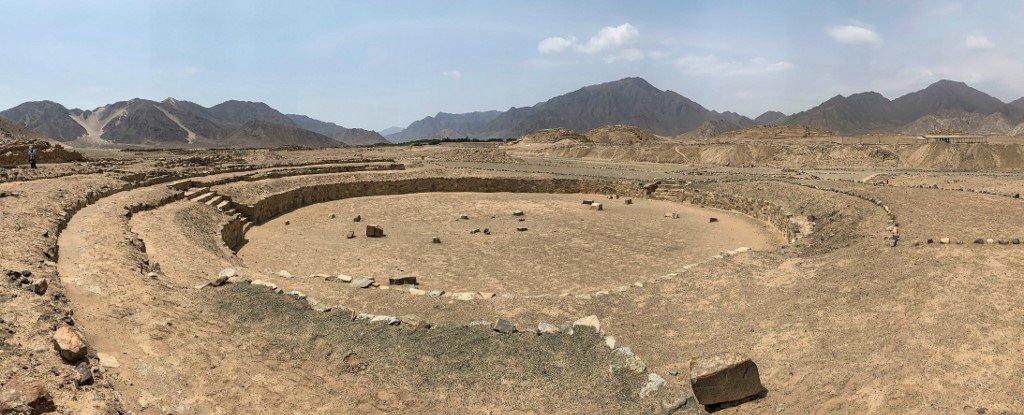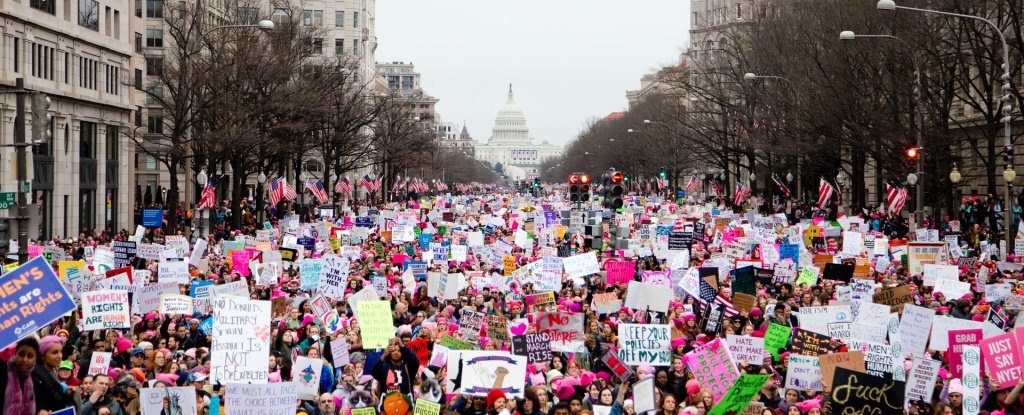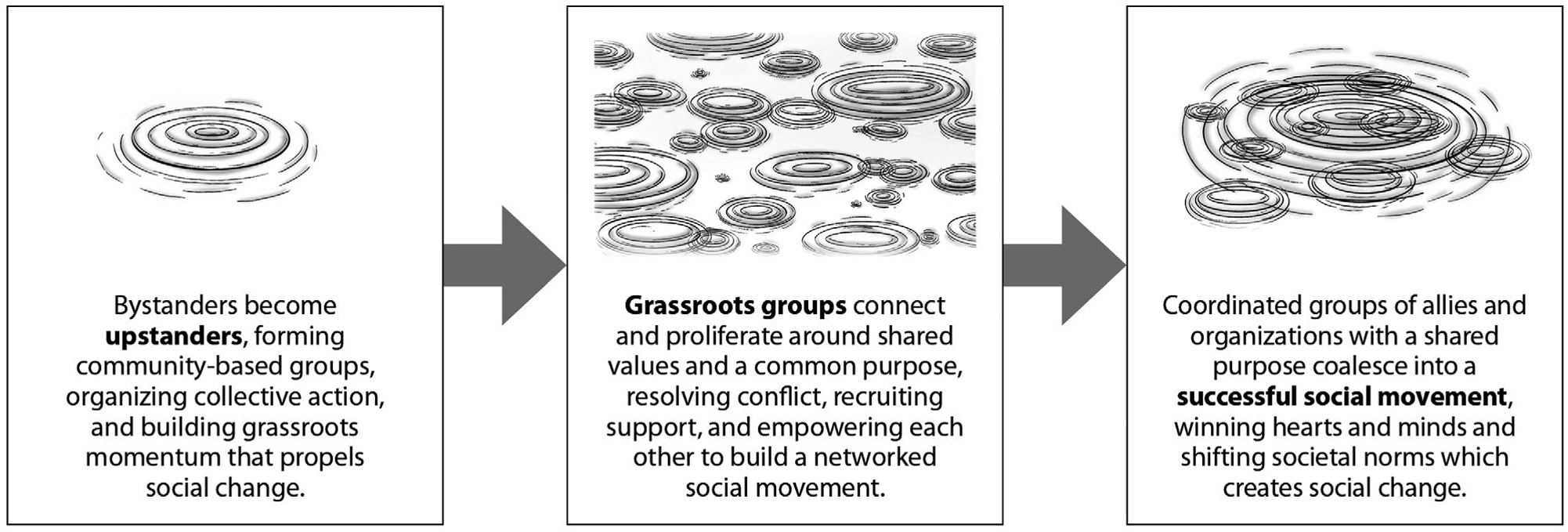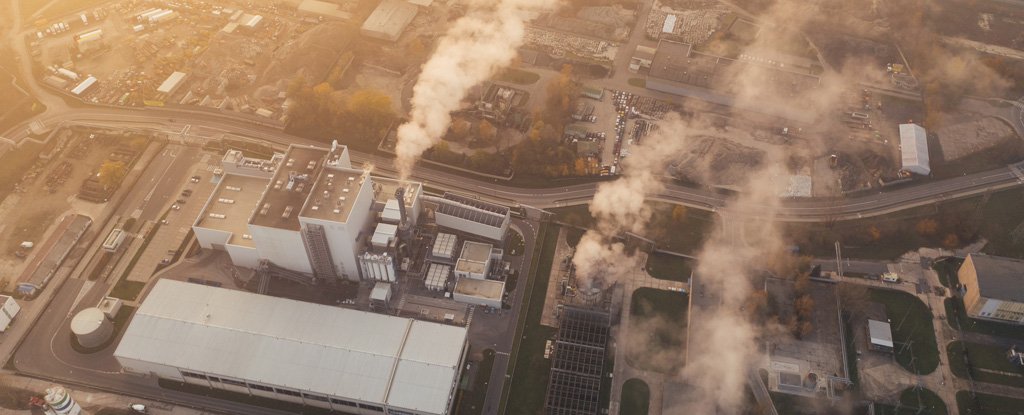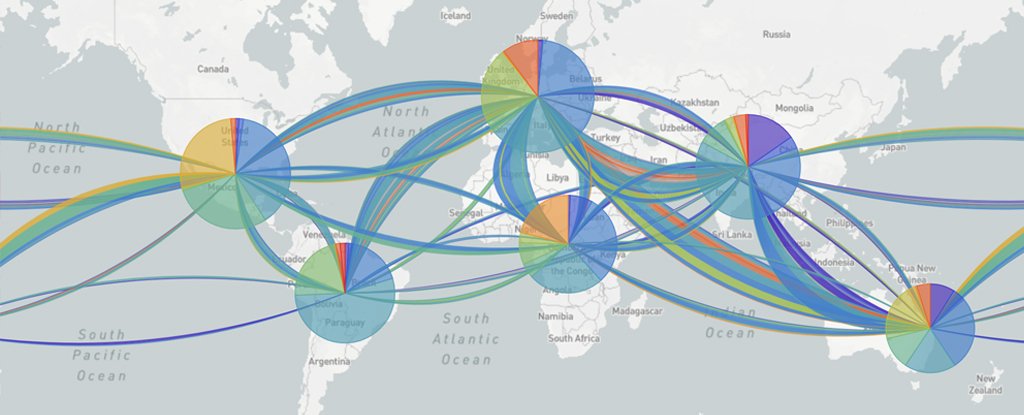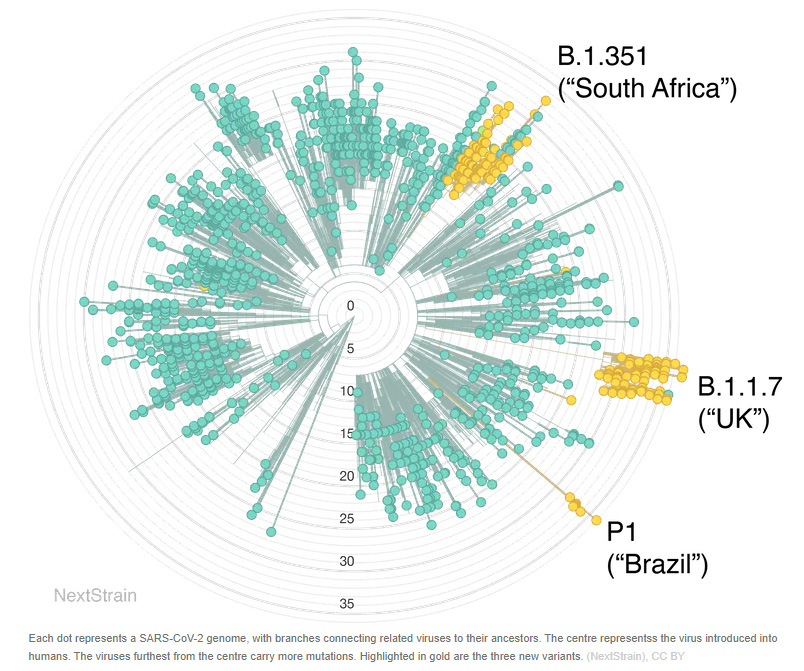Scientists Have Described a Dinosaur's Butthole in Exquisite Detail
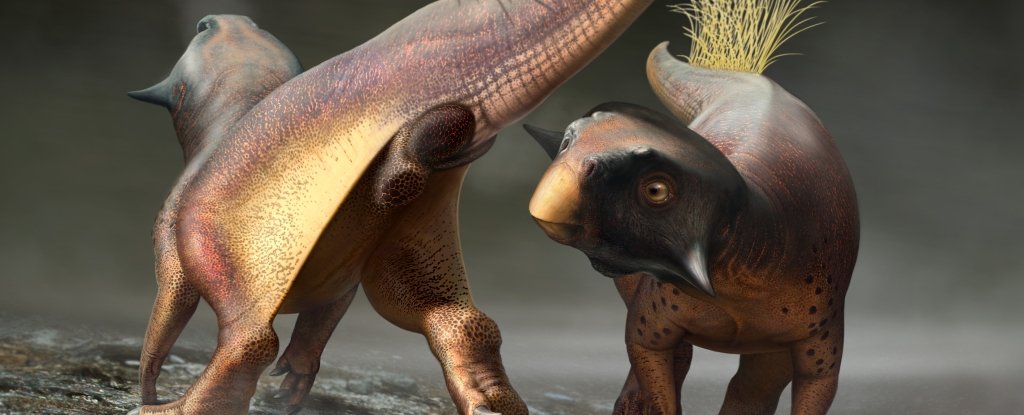
(Bob Nicholls/Paleocreations.com 2020)
MICHELLE STARR
19 JANUARY 2021
When a dog-sized Psittacosaurus was living out its days on Earth, it was probably concerned with mating, eating, and not being killed by other dinosaurs. It would never even have crossed its mind that, 120 million or so years later, scientists would be peering intensely up its clacker.
However, that's precisely what they have done, yielding the most detailed description yet of a non-avian dinosaur's cloaca: the catch-all hole used for peeing, pooping, mating, and laying eggs.
This Swiss Army knife of buttholes is common throughout the animal kingdom today - all birds, amphibians, reptiles, and even a few mammals possess a cloaca. But we know little about the cloacae of dinosaurs, including their anatomy, what they looked like, and how the animals used them.
"I noticed the cloaca several years ago after we had reconstructed the colour patterns of this dinosaur using a remarkable fossil on display at the Senckenberg Museum in Germany which clearly preserves its skin and colour patterns," explained palaeobiologist Jakob Vinther of the University of Bristol in the UK.
"It took a long while before we got around to finish it off because no one has ever cared about comparing the exterior of cloacal openings of living animals, so it was largely uncharted territory."
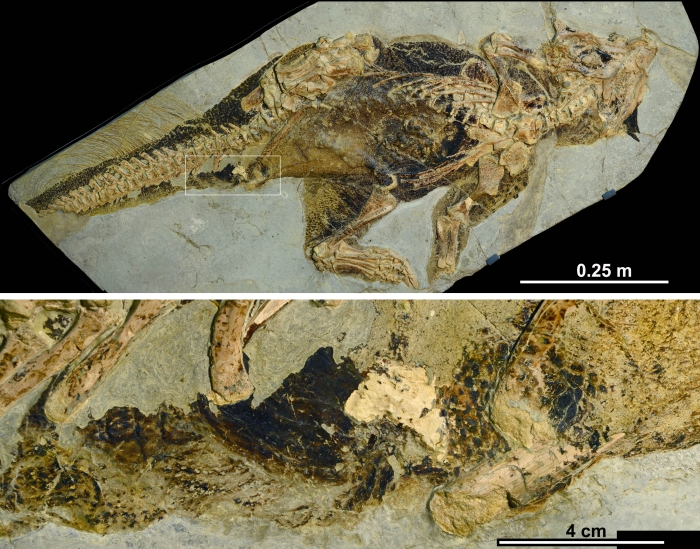
(Vinther et al., Current Biology, 2020)
So this is what the team did, comparing the fossilised cloaca to modern cloacae. Their specimen is the only non-avian dinosaur fossil known to have a preserved cloaca, but due to the way the fossil is positioned, the internal anatomy of this opening has not been preserved; only the external vent is visible. This means there was a lot of information the researchers couldn't gauge.
"We found the vent does look different in many different groups of tetrapods, but in most cases it doesn't tell you much about an animal's sex," said anatomist and animal reproductive system expert Diane Kelly of the University of Massachusetts Amherst.
"Those distinguishing features are tucked inside the cloaca, and unfortunately, they're not preserved in this fossil."
Even so, that exterior anatomy could contain some pretty interesting clues as to what some dinosaur cloacae looked like, and how they were used. Although the dinosaur's cloaca is unlike any other known modern animal, the team was able to identify several features in common with crocodilian reptiles, such as alligators and crocodiles, and birds.
There was a dorsal lobe that seemed similar to the cloacal protuberance seen in birds - a rounded swelling near the cloaca during breeding season, where the male stores sperm - although, again, without the internal anatomy, it's impossible to say for sure.
Secondly, the cloaca had lateral lips on either side of the opening, much like those of crocodilians. Unlike crocodilians however, Psittacosaurus had them arranged in a V-shape, thus the opening could have been slit shaped; it also could have been round, like in birds.

So this is what the team did, comparing the fossilised cloaca to modern cloacae. Their specimen is the only non-avian dinosaur fossil known to have a preserved cloaca, but due to the way the fossil is positioned, the internal anatomy of this opening has not been preserved; only the external vent is visible. This means there was a lot of information the researchers couldn't gauge.
"We found the vent does look different in many different groups of tetrapods, but in most cases it doesn't tell you much about an animal's sex," said anatomist and animal reproductive system expert Diane Kelly of the University of Massachusetts Amherst.
"Those distinguishing features are tucked inside the cloaca, and unfortunately, they're not preserved in this fossil."
Even so, that exterior anatomy could contain some pretty interesting clues as to what some dinosaur cloacae looked like, and how they were used. Although the dinosaur's cloaca is unlike any other known modern animal, the team was able to identify several features in common with crocodilian reptiles, such as alligators and crocodiles, and birds.
There was a dorsal lobe that seemed similar to the cloacal protuberance seen in birds - a rounded swelling near the cloaca during breeding season, where the male stores sperm - although, again, without the internal anatomy, it's impossible to say for sure.
Secondly, the cloaca had lateral lips on either side of the opening, much like those of crocodilians. Unlike crocodilians however, Psittacosaurus had them arranged in a V-shape, thus the opening could have been slit shaped; it also could have been round, like in birds.

(Jakob Vinther, University of Bristol and Bob Nicholls/Paleocreations.com 2020)
Other features, however, were also similar to crocodilians. The cloacal lips were covered in small, overlapping scales and heavily pigmented with melanin. In crocodilians, these lobes function as musky scent glands that are used during social displays - a function, the researchers said, that would be supported by the heavy pigmentation.
"As a palaeoartist, it has been absolutely amazing to have an opportunity to reconstruct one of the last remaining features we didn't know anything about in dinosaurs," said palaeoartist Robert Nicholls.
"Knowing that at least some dinosaurs were signalling to each other gives palaeoartists exciting freedom to speculate on a whole variety of now plausible interactions during dinosaur courtship. It is a game changer!"
Because only one fossilised cloaca has been recorded, it's impossible to tell whether the display may have been sexual, and whether the fossilised dinosaur is male or female. But the colourful lobes could hint at the shared ancestry between birds and non-avian dinosaurs, the researchers noted in their paper.
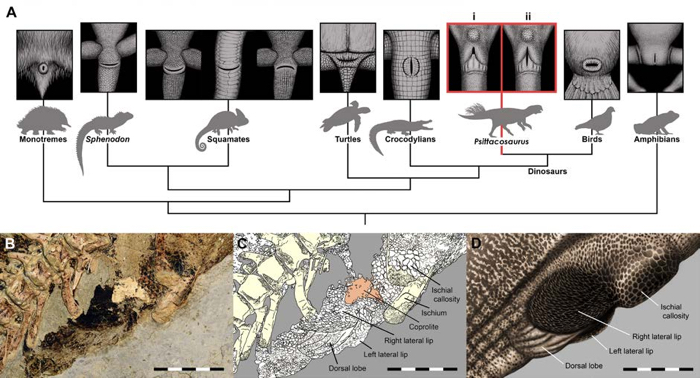
Other features, however, were also similar to crocodilians. The cloacal lips were covered in small, overlapping scales and heavily pigmented with melanin. In crocodilians, these lobes function as musky scent glands that are used during social displays - a function, the researchers said, that would be supported by the heavy pigmentation.
"As a palaeoartist, it has been absolutely amazing to have an opportunity to reconstruct one of the last remaining features we didn't know anything about in dinosaurs," said palaeoartist Robert Nicholls.
"Knowing that at least some dinosaurs were signalling to each other gives palaeoartists exciting freedom to speculate on a whole variety of now plausible interactions during dinosaur courtship. It is a game changer!"
Because only one fossilised cloaca has been recorded, it's impossible to tell whether the display may have been sexual, and whether the fossilised dinosaur is male or female. But the colourful lobes could hint at the shared ancestry between birds and non-avian dinosaurs, the researchers noted in their paper.

(Vinther et al., Current Biology, 2020)
For lack of samples, this is a very understudied region of dinosaur anatomy, and only by examining a wide range of dinosaur cloacae can we learn more about how they functioned in the social and reproductive lives of these ancient animals.
No doubt, other palaeontologists will now be on the lookout for fossilised buttholes to try to fill this gap in our understanding of dinosaur life.
The research has been published in Current Biology
For lack of samples, this is a very understudied region of dinosaur anatomy, and only by examining a wide range of dinosaur cloacae can we learn more about how they functioned in the social and reproductive lives of these ancient animals.
No doubt, other palaeontologists will now be on the lookout for fossilised buttholes to try to fill this gap in our understanding of dinosaur life.
The research has been published in Current Biology
